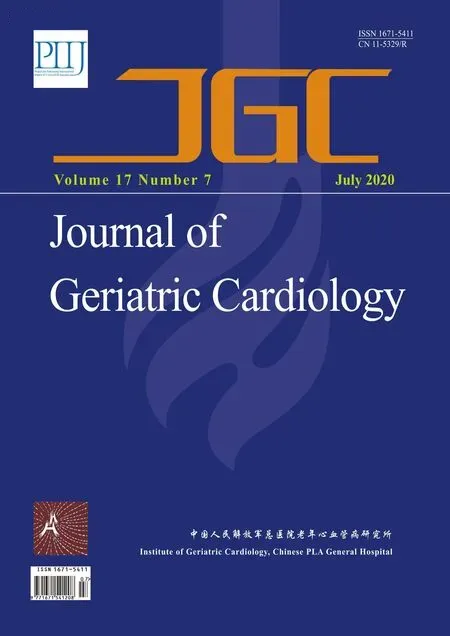Atypical variants of takotsubo cardiomyopathy: mechanistic and clinical implications
Kenan Yalta, Ertan Yetkın, Gokay Taylan
1Trakya University, Cardiology Department, Edirne,Turkey
2Istinye University, Liv Hospital,Cardiology Department,Istanbul, Turkey
Keywords: Atypical variants; Clinical implications; Mechanistic implications; Takotsubo cardiomyopathy
Over past decades, takotsubo cardiomyopathy (TTC) has drawn a substantial interest as a unique form of acute and reversible cardiomyopathy that usually emerges in response to adrenergic hyperactivation associated with a variety of emotional and physical triggers.[1,2]Even though, this phenomenon is generally characterized by an apical balloning pattern (classical variant), it might occasionally present with atypical morphological variants including mid-ventricular,inverted and focal forms of myocardial involvement.[1,2]In their recently published article, Theodoropoulos,et al.[1]have reported an interesting case of mid-ventricular TTC in an elderly female patient. However, we would like to make a few comments on their case and potential implications of atypical TTC variants in the clinical setting:
Firstly, there exists a variety of suggested mechanisms associated with atypical TTC evolution including individual(and also age-dependent) propensity for adrenergic hypersensitivity within the myocardial territories other than apex,impact of protective and counterbalancing factors in the setting of a recurrent TTC (sparing the previously affected apical segments during a past TTC episode), and occasionally, rapid transition of an apical ballooning pattern to other myocardial territories during the acute course of a TTC episode (namely ‘fast wandering TTC’).[3-5]Accordingly, we wonder whether the patient had a previous classical TTC episode? The present case might have also been a ‘fast wandering classical TTC’ in which case the apical balloning pattern might have possibly vanished during ventriculogram.
Secondly, due to the absence of well-known imaging pattern, namely apical ballooning, atypical variants might be more readily confused with certain forms of acute coronary syndromes [particularly those due to variant angina or secondary triggers (severe anemia, etc)] even after invasive coronary angiogram (CAG) potentially requiring a high index of suspicion for diagnosis. Moreover, absence of electrocardiographic changes or minor alterations (including ST segment depression, etc) generally appear to be more common in atypical TTC variants potentially making the initial diagnosis even more challenging.[6]Consistently, the patient also had a pattern of widespread T wave inversion rather than the classical precordial ST-segment elevation on ECG.[1]
Lastly, atypical TTC variants might harbor prognostic implications: accordingly, certain atypical variants have been mostly encountered in the setting of life-threatening conditions including neurological diseases (multiple sclerosis, subarachnoid haemorrhage), attempted suicidal hanging, etc that all are renowned for their excessive adrenergic potential.[3,6]This potentially implies that threshold for TTC evolution in response to adrenergic discharge might be relatively higher in other myocardial segments in comparison to apex. In other terms, higher levels of adrenergic discharge might be necessary for the evolution of atypical TTC variants (at least, in a portion of cases) as compared with classical TTC.
Prognostically, severe adrenergic discharge during a TTC episode is well known to be associated with adverse outcomes largely due to malignant arrhythmogenesis, delayed recovery as well as certain specific findings including coronary microvascular dysfunction (manifesting as a coronary slow flow pattern as measured with TIMI frame counts(TFCs) on invasive CAG) and left ventricular outflow tract(LVOT) gradient.[4]Accordingly, we wonder about an existing acute or chronic neurological disease in the patient.[1]We also wonder about ventricular arrhythmias, LVOT gradient and serum catecholamine levels (if any) in the patient along with TFC values in her major epicardial coronary arteries.[1]
In conclusion, atypical TTC variants might have important mechanistic, diagnostic as well as prognostic implications in clinical practice. However, absolute clinical implications of these TTC variants still remain to be fully established.
 Journal of Geriatric Cardiology2020年7期
Journal of Geriatric Cardiology2020年7期
- Journal of Geriatric Cardiology的其它文章
- Authors’ reply
